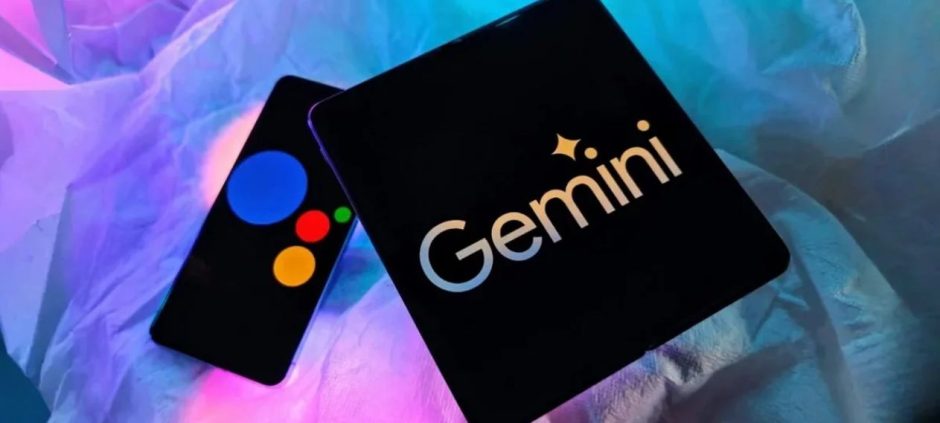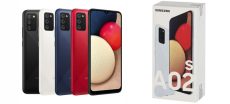Google Gemini is becoming one of the most reliable tools for spotting AI-generated visuals, especially as manipulated photos circulate widely on social media. With growing concerns about misinformation, many users now search for quick ways to confirm whether an image is real or AI-made, and Google Gemini offers a simple method to do exactly that.
Recently, Google expanded Gemini’s capabilities inside its ecosystem, including Search. The rollout of Gemini 3 in Search is part of this upgrade, introducing faster recognition, improved context reading, and stronger detection of synthetic content.
To use Google Gemini for identifying whether an image is AI-generated, follow these steps:
- Open Gemini
Go to the Gemini app or website using your Google account. The interface now supports advanced image analysis with better pattern tracking. - Upload or Paste the Image
Tap the image icon or drag and drop your photo. Gemini quickly scans lighting inconsistencies, surface textures, background noise, and pixel anomalies, common signs of AI visuals. - Ask Directly: “Is this AI-generated?”
Gemini will cross-check data patterns and compare them with known generative AI signatures. It displays probability-based results along with reasons, such as unusual reflections, identical patterns, or distorted text. - Use Cross-Verification
Gemini also suggests cross-checking through Search. With Gemini 3, image-matching improves, helping users compare with original sources or identify manipulated clones.
As AI artwork increases online, using Google Gemini gives everyday users a quick and reliable way to verify authenticity. With its integration in Search, detection tools are becoming more accessible, making digital spaces safer. Whether you’re fact-checking viral content or verifying photos shared on WhatsApp, Google Gemini provides a trustworthy solution to identify AI-generated images.











